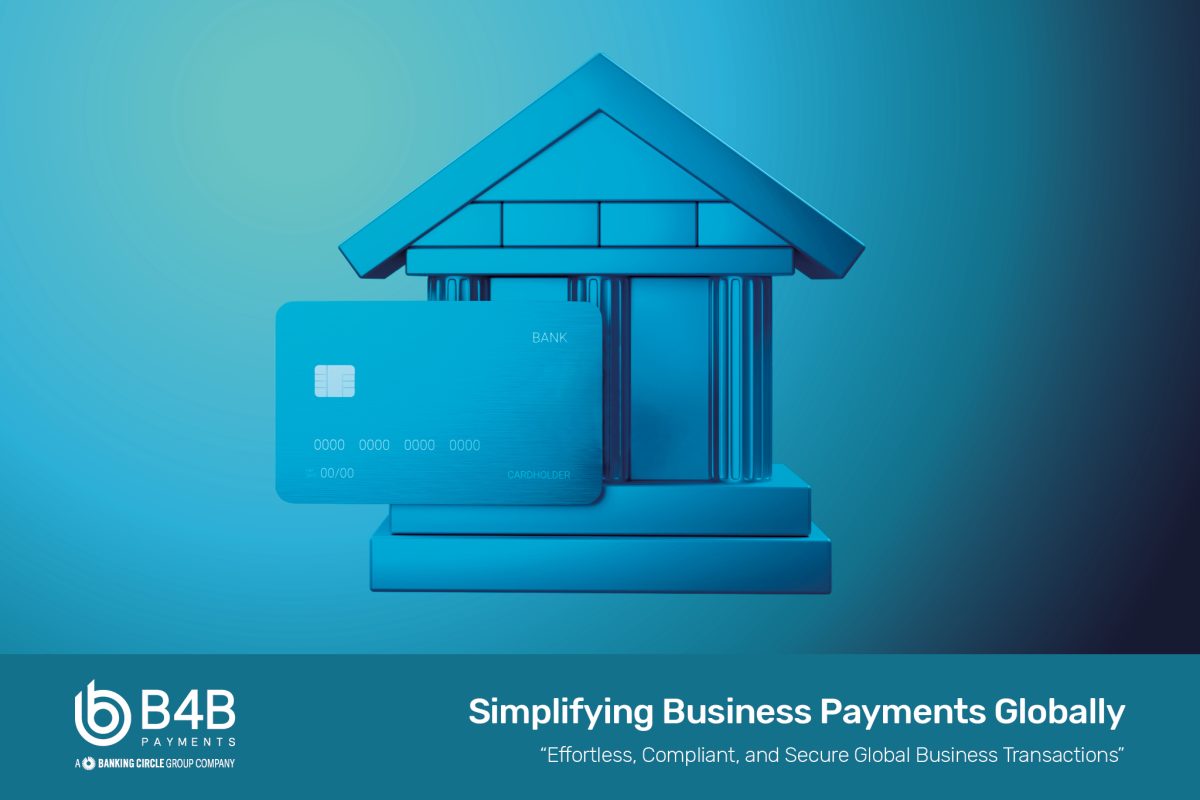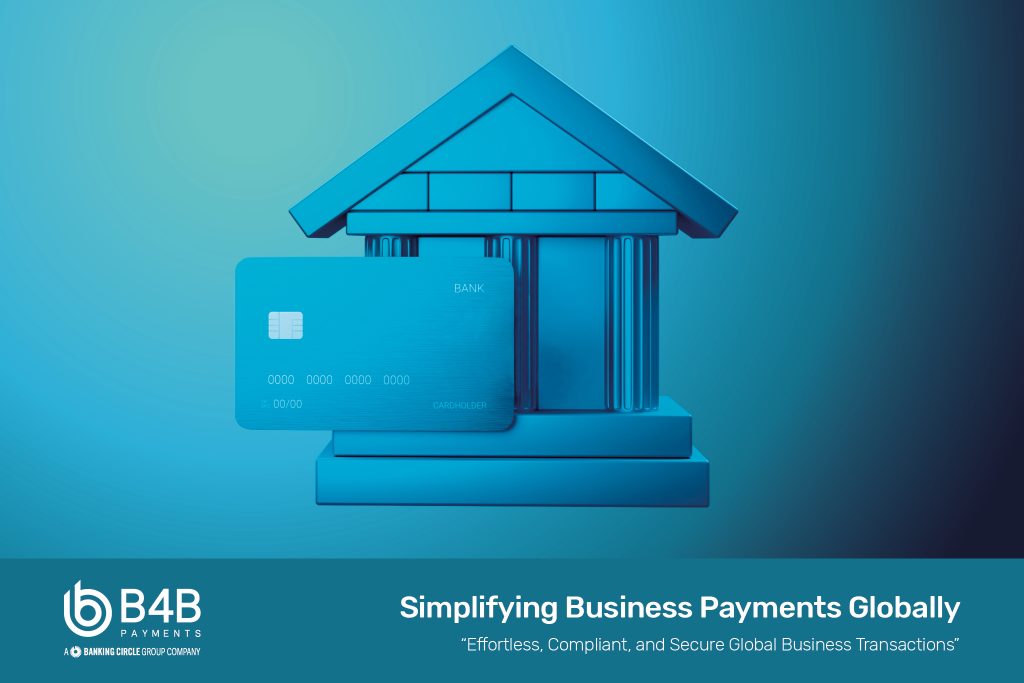Consumer vs. Corporate Lending: How Embedded Payments Are Transforming Both
The Shift in Lending: Why Speed and Security Matter More Than Ever. Lending has always been the backbone of financial growth.

The Shift in Lending: Why Speed and Security Matter More Than Ever
Lending has always been the backbone of financial growth, but how funds are distributed has evolved. Today, individuals and businesses expect seamless access to capital, with minimal friction in receiving and managing funds. Traditional methods—bank transfers, cheques, and cash—are slow, operationally intensive, and often create unnecessary barriers for borrowers. As digital lending accelerates, lenders must rethink how they disburse funds efficiently while staying compliant with evolving regulations.
Embedded payments are at the core of this shift, offering lenders a way to provide instant, secure, and controlled access to funds. Whether supporting a consumer facing an urgent financial need or enabling an SME to maintain to manage working capital, the ability to disburse funds instantly is no longer a competitive advantage—it’s an expectation.
Consumer Lending: Fast Access with Built-in Compliance
Consumer lending spans everything from short-term loans to installment financing, where access to funds is often time-sensitive. A borrower managing an unexpected medical expense or essential household repairs cannot afford to wait for a bank transfer to clear. Delays can create unnecessary financial strain, which is why lenders need solutions that allow immediate payouts with real-time disbursements.
Prepaid physical and virtual cards offer an additional layer of control, ensuring that funds are used for their intended purpose via an open or restricted loop offering.
A lender offering financing for consumer lending, for example, can issue a restricted-use prepaid physical or virtual cards that allow transactions only at the required stores. This ensures compliance with loan terms while providing borrowers with the flexibility they need.
Security is another key consideration. Fraud prevention in consumer lending is a growing challenge, with unauthorised access to funds and misuse of disbursed capital creating risks for both lenders and borrowers. By leveraging virtual card solutions, lenders can reduce fraud exposure through spending controls, real-time transaction monitoring, and enhanced traceability—offering a more secure alternative to traditional disbursement methods.
Corporate Lending: Enabling Business Growth Without Operational Delays
Access to capital is essential for businesses to manage their finances, secure inventory, and drive expansion. However, traditional bank disbursements often introduce unnecessary friction. Loan processing delays can disrupt business operations, forcing companies to slow down projects or postpone critical payments. Prepaid and virtual cards give consumers faster, more convenient access to loaned funds, eliminating long wait times.
Another key challenge in corporate lending is ensuring funds are allocated for their intended purpose. Restricted-use prepaid and virtual cards provide a secure, trackable way to disburse loaned capital while ensuring spending compliance.
A construction firm secures a business loan to purchase materials and pay subcontractors. Instead of waiting for traditional bank transfers to process, funds are instantly loaded onto a B4B Payments prepaid card, pre-programmed to be accepted only by registered suppliers and equipment vendors. This not only speeds up access to funds but also prevents misuse, simplifies reconciliation, and improves cash flow visibility.
How B4B Payments Empower Lenders
B4B Payments provides embedded financial solutions that enable lenders to offer fast, secure, and compliant loan disbursements. Our prepaid and virtual card technology ensures borrowers—whether individuals or businesses—gain instant access to funds, while lenders maintain full control over compliance and spending oversight.
With API-driven integrations and tailored card solutions, B4B Payments allows lenders to streamline their payout processes without sacrificing security or operational efficiency. By integrating B4B Payments’ card solutions, lenders can enhance the speed, control, and flexibility of business funding—allowing companies to focus on growth instead of waiting for capital.
Lending is evolving—make sure your disbursement strategy keeps pace. Get in touch with B4B Payments today to learn how our embedded financial services can help you deliver faster, more efficient loan payouts.






